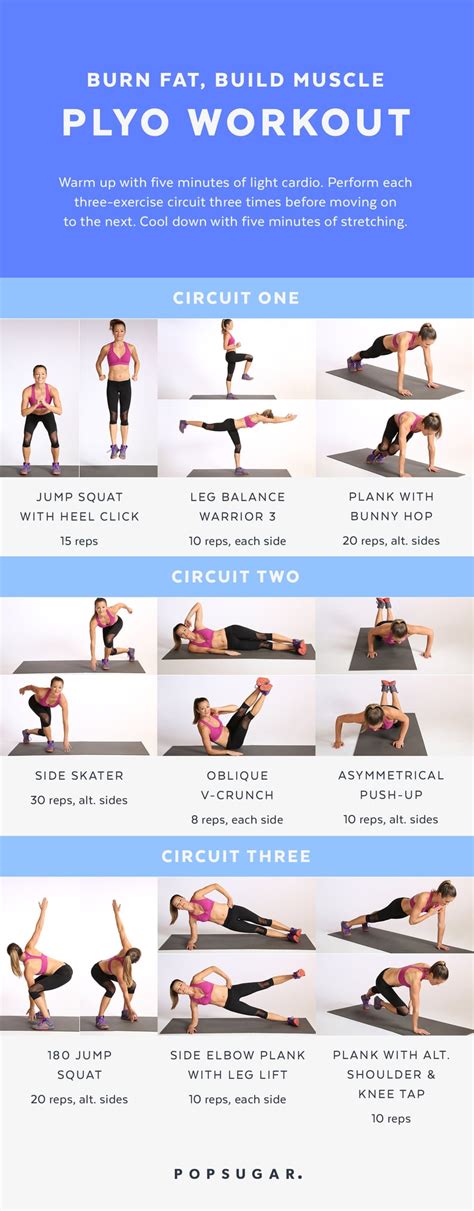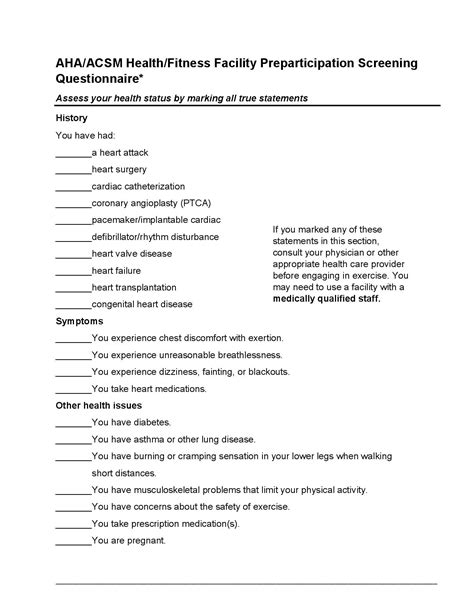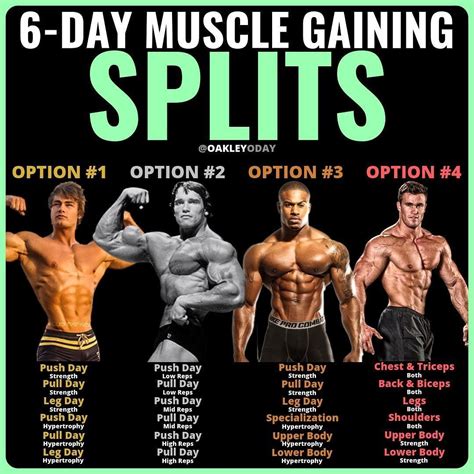What’s the optimal strategy to break strength plateaus for peak muscle growth?

Overcoming the Dreaded Strength Plateau
Every dedicated lifter eventually encounters the frustrating wall known as a strength plateau. You’re hitting the gym consistently, pushing hard, yet your lifts aren’t improving, and muscle gains seem to stall. This is not a sign of failure but an indication that your body has adapted to the current stimulus. To reignite progress and unlock peak muscle growth, a strategic shift in your approach is essential. Breaking through these barriers isn’t about simply working harder; it’s about working smarter.

Beyond Just Lifting Heavier: Redefining Progressive Overload
Progressive overload is the cornerstone of muscle growth, but it’s not solely about adding more weight to the bar. When direct weight increases cease, it’s time to explore other dimensions of overload. This involves manipulating variables like volume, intensity, tempo, and rest periods to create new demands on your muscles, forcing them to adapt and grow.
Varying Rep Ranges
If you’ve been stuck in the 6-12 rep range, try venturing into heavier, lower-rep sets (3-5 reps) to build absolute strength, or lighter, higher-rep sets (15-20+ reps) to enhance muscular endurance and hypertrophy through metabolic stress. Periodically cycling through these ranges can provide novel stimuli and improve your overall capacity.
Optimizing Time Under Tension and Tempo
Slowing down your repetitions, particularly the eccentric (lowering) phase, can significantly increase time under tension, leading to greater muscle damage and subsequent growth. Experiment with tempos like a 3-0-1-0 (3 seconds down, 0 pause, 1 second up, 0 pause) or even 4-1-2-1 to make lighter weights feel incredibly challenging and stimulate new adaptations.
The Power of Strategic Deloads and Periodization
Sometimes, the best way to move forward is to take a step back. Chronic fatigue, both muscular and central nervous system, can accumulate and hinder progress. Planned breaks and structured variations are critical for long-term gains.

Implementing Deload Weeks
A deload week involves significantly reducing your training volume (sets/reps) and/or intensity (weight) for 5-7 days. This allows your body to fully recover, repair tissues, and resensitize to training, often leading to a surge in strength and performance when you return to your regular regimen.
Understanding Periodization Models
Periodization involves systematically varying training parameters over time. Linear periodization might involve gradually increasing weight and decreasing reps over several weeks. Undulating periodization (daily or weekly) involves fluctuating training intensity and volume more frequently, for example, a heavy day, a moderate day, and a light day within the same week. This constant variation keeps the body guessing and prevents adaptation plateaus.
Fueling Your Growth: Nutrition and Recovery Fundamentals
Even the most perfectly executed training plan will fail if your nutrition and recovery are not dialed in. Muscle growth requires energy and building blocks, and your body needs adequate rest to perform the repair and synthesis processes.

Optimizing Caloric Intake and Macronutrients
Ensure you are in a slight caloric surplus to provide the energy needed for muscle protein synthesis. Prioritize protein intake (1.6-2.2g per kg body weight) to supply the amino acids necessary for repair and growth. Don’t neglect complex carbohydrates for energy and healthy fats for hormonal function.
Prioritizing Sleep and Stress Management
Aim for 7-9 hours of quality sleep per night. During sleep, your body releases growth hormone and performs critical recovery processes. High stress levels can elevate cortisol, a catabolic hormone that breaks down muscle tissue. Incorporate stress-reducing activities like meditation, yoga, or spending time in nature.
Advanced Training Techniques to Shock Your System
Once the fundamentals are solid, advanced techniques can be strategically employed to provide a powerful new stimulus, pushing your muscles beyond their perceived limits and forcing further adaptation.

Drop Sets and Supersets
Drop sets involve performing a set to failure, immediately reducing the weight, and continuing with more reps. Supersets pair two exercises back-to-back with minimal rest, either for the same muscle group (compound set) or opposing muscle groups. Both methods dramatically increase time under tension and metabolic stress.
Rest-Pause and Partial Reps
Rest-pause training involves performing a set to failure, resting briefly (10-20 seconds), and then performing a few more reps with the same weight. Partial reps, performed in the strongest range of motion, can allow you to handle supramaximal loads, strengthening specific points in a lift and potentially breaking through sticking points.
Re-evaluating Form and Exercise Selection
Sometimes, the solution to a plateau is not more intensity, but better execution or a fresh perspective on your exercise choices.

Mastering Movement Patterns
Poor form can limit your ability to lift heavier and effectively stimulate the target muscles, also increasing injury risk. Dedicate time to perfecting your technique on compound lifts. Consider recording yourself or getting feedback from an experienced coach.
Introducing Novel Stimuli
If you’ve been doing the same exercises for months, your body may have become highly efficient at them. Swapping out a barbell bench press for dumbbell presses, or back squats for front squats, can recruit muscles differently, challenge stabilizer muscles, and provide a new growth stimulus.
Conclusion: A Holistic Approach to Sustained Growth
Breaking strength plateaus for peak muscle growth is rarely about one magic bullet. It’s about intelligently integrating a variety of strategies across your training, nutrition, and recovery. By redefining progressive overload, strategically employing deloads and periodization, optimizing your diet and sleep, selectively using advanced techniques, and consistently refining your form and exercise selection, you can consistently challenge your body, overcome plateaus, and ensure a path of continuous, sustainable muscle development.





